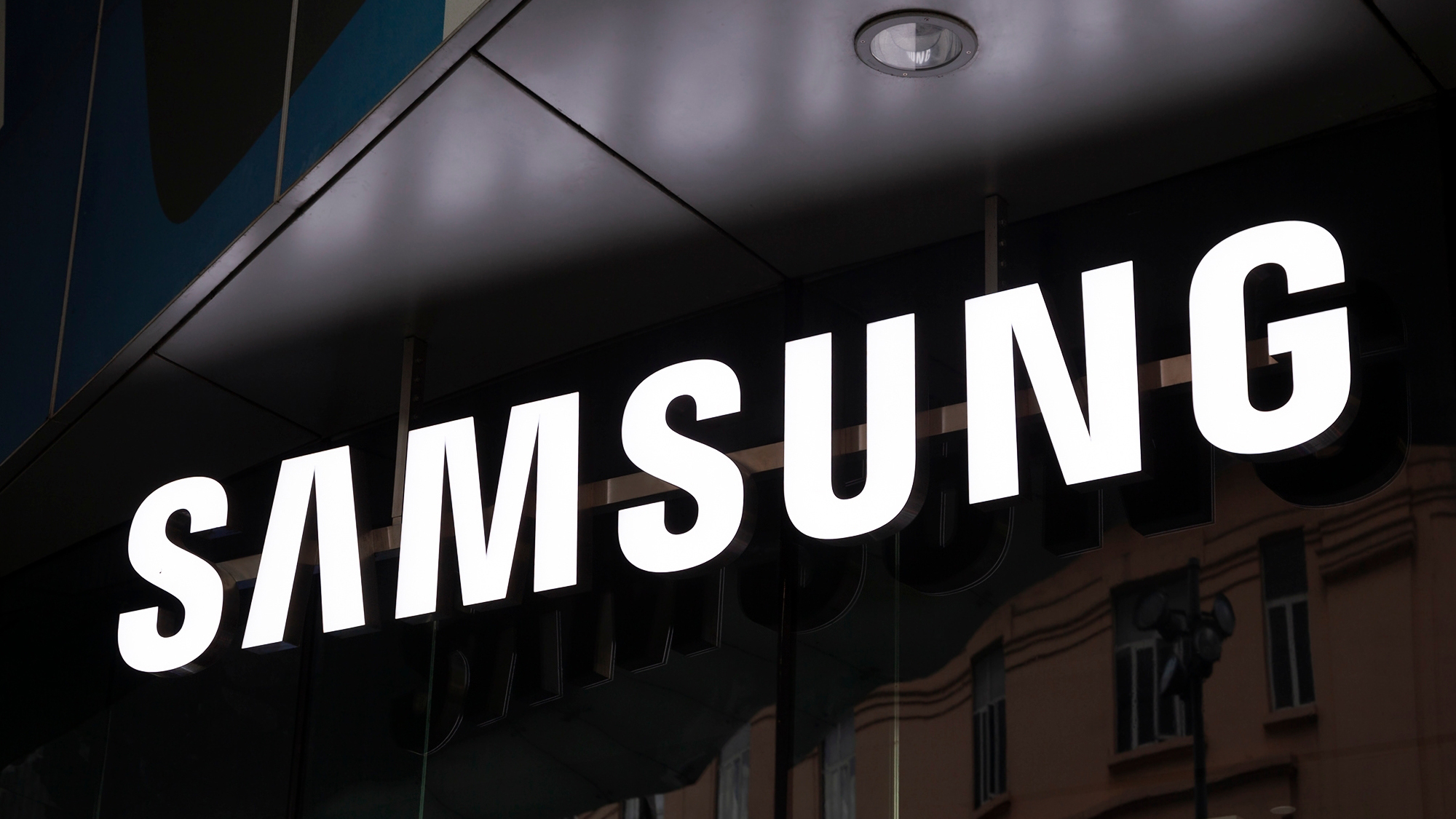Just when you thought OLED TVs couldn’t get any thinner, new developments in OLED engineering have made even thinner panels a distinct possibility.
Samsung Display — display-makers of some of the best OLED TVs you can buy — recently showed off the UT One OLED display at Computex 2005, and its wafer-thin profile is turning heads.
According to a report from FlatpanelsHD, the UT One OLED display measures in at just 0.6mm, which is almost as thin as most credit cards.
To put this into TV terms, consider Samsung’s latest flagship OLED, the Samsung S95F, whose panel is about 11mm at its thickest point.
Beyond the fact that this type of display is futuristic and cool-looking, Samsung Display reports that its UT One OLED display is both 30% lighter and 30% more energy efficient than traditional OLED displays.

UT One OLED display is reportedly 30% lighter and 30% more energy efficient than traditional OLED displays.
Samsung Display says production of the UT One display will begin in 2026, but don’t expect Samsung’s 2026 OLED TV lineup to be a part of the wave of new displays. In all likelihood, smaller-sized devices (like laptops and tablets) will see UT One OLED integration first before it scales up to TVs.
Nevertheless, with so many recent developments in OLED engineering, it’s an exciting time to imagine the not-so-far-off future of OLED TVs.
LG Display recently announced that it’s entering the mass-production phase of blue PHOLED display technology, which has taken years to develop and promises better energy efficiency, too, among other benefits.
If you squint, it’s not hard to see an entirely different landscape for OLED TVs in just a few years time.












